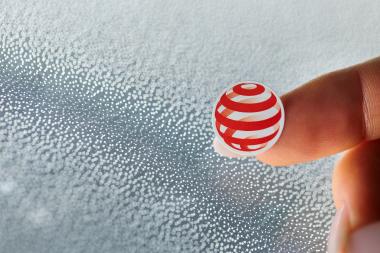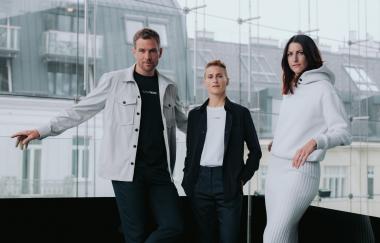Lenzing acquires stake in TreeToTextile
The Lenzing Group, a supplier of regenerated cellulose fibers for the textile and nonwovens industries, acquired of a minority share in TreeToTextile AB, joining the existing shareholders H&M Group, Inter IKEA Group, Stora Enso, and LSCS Invest. The group of owners is united by the strong belief that sustainably produced fibers will have the power to change the textile industry to the better.
TreeToTextile was established as a joint venture in 2014 with the objective of developing a more sustainable process for cellulosic fiber production. The company has operated pilot lines since 2015 and invested in a demonstration plant in 2021. The next step in the company's evolution will be to scale up the production and make its fibers available on the market.
Lenzing Group has produced sustainable regenerated cellulosic fibers and dissolving wood pulp for over 85 years. “We are excited about TreeToTextile’s award-winning technology and production process, which further reduces environmental impact, promotes the transition to a more sustainable future and is fully in line with our corporate strategy,” says Rohit Aggarwal, CEO of the Lenzing Group.
Dr. Roxana Barbieru, CEO of TreeToTextile, adds: “Now with the additional expertise and sustainability leadership of our new shareholder Lenzing Group, our speed to market will increase significantly, to reach our ambitious goals and become an important player in the textile industry.”
Lenzing AG

































